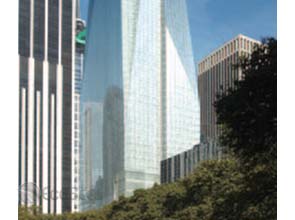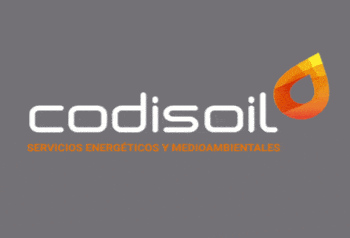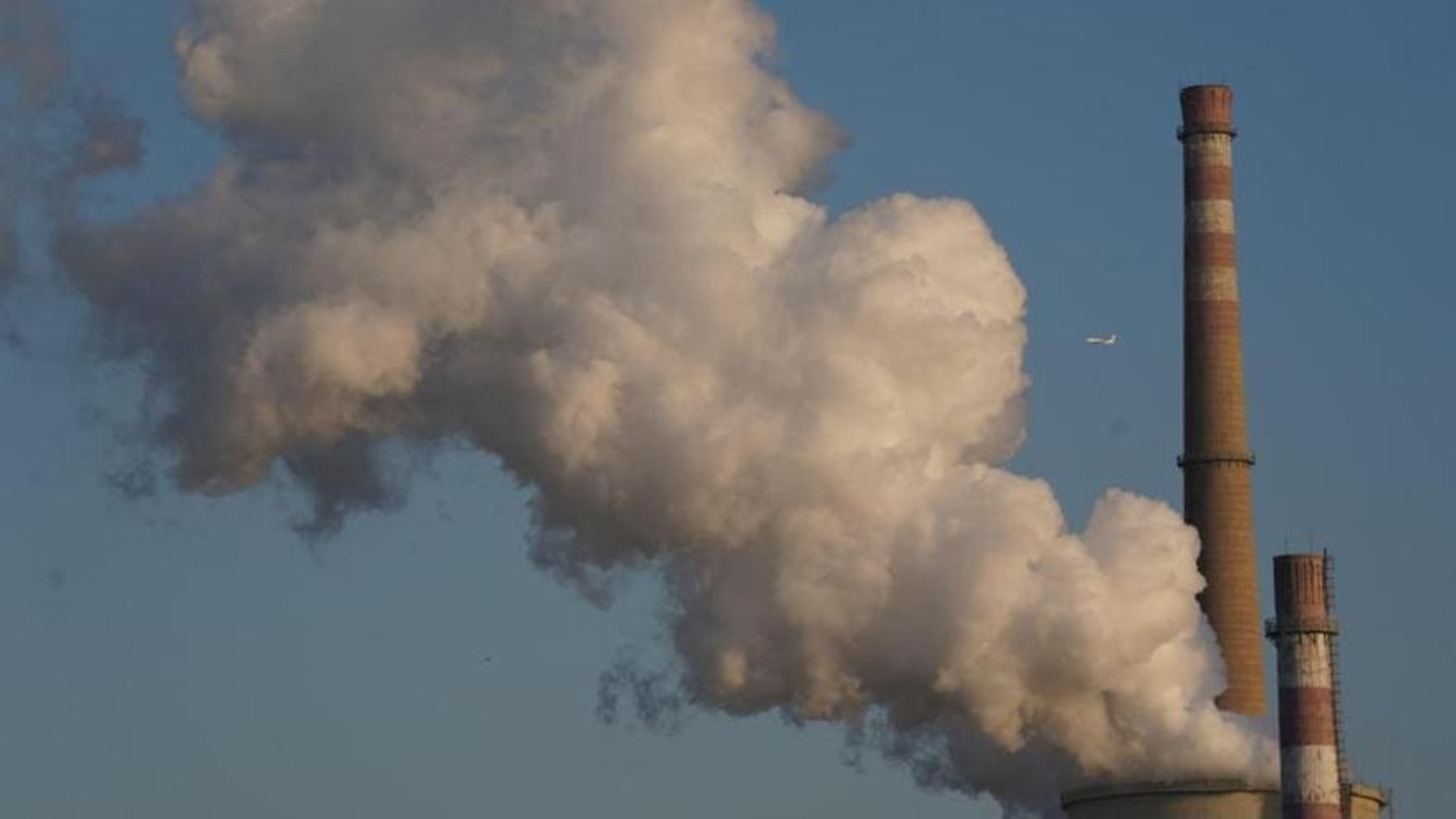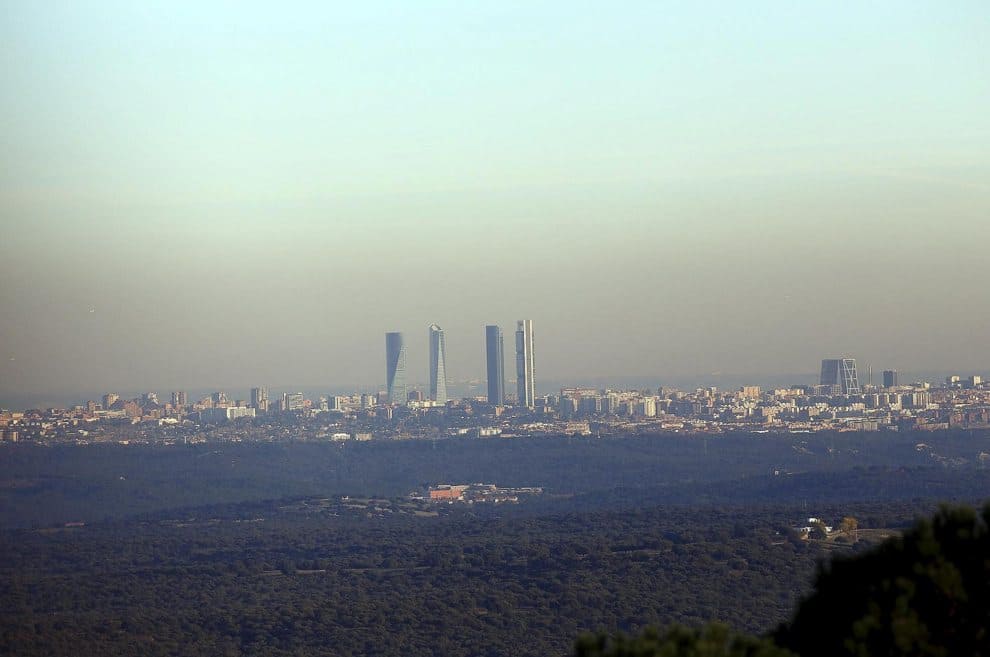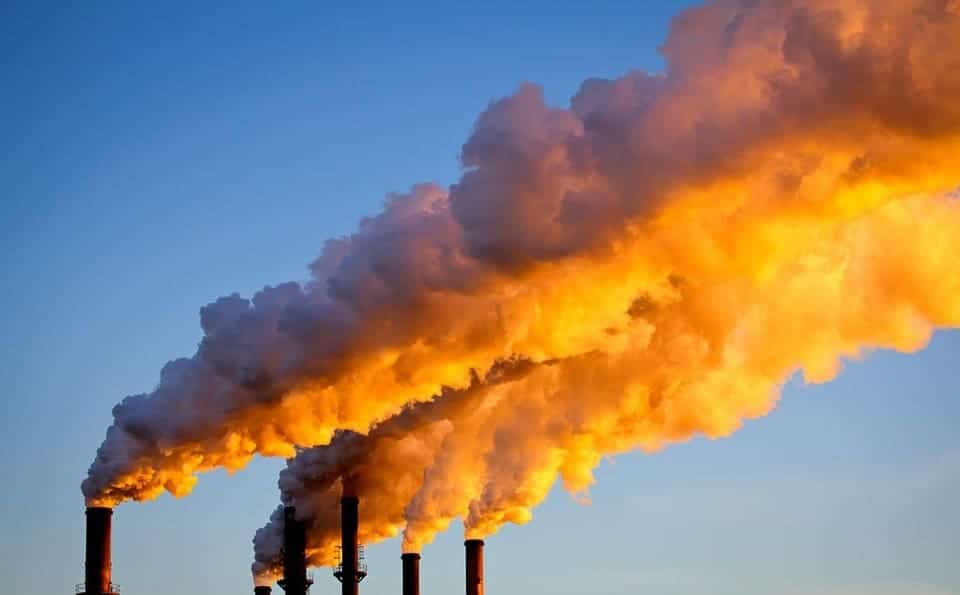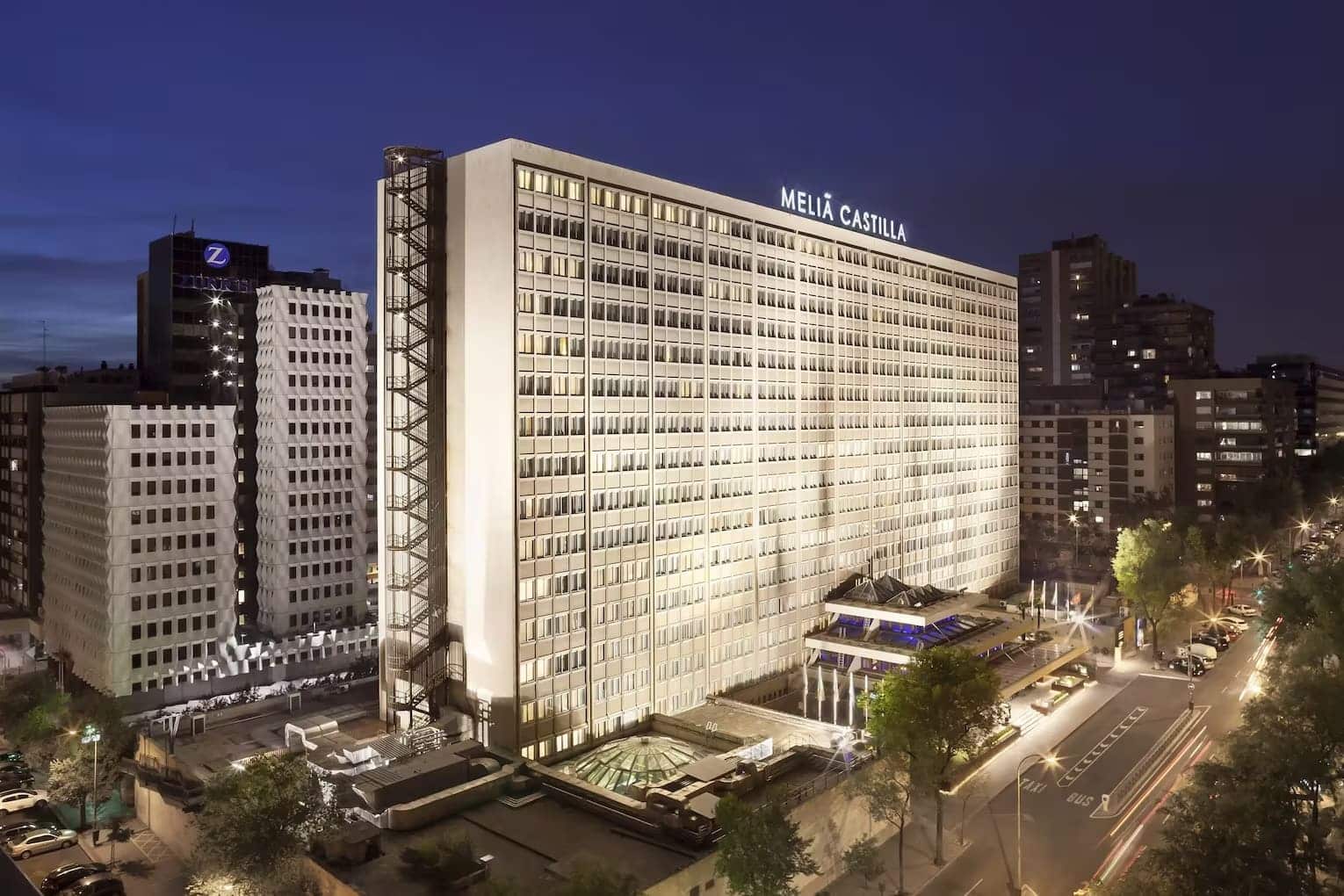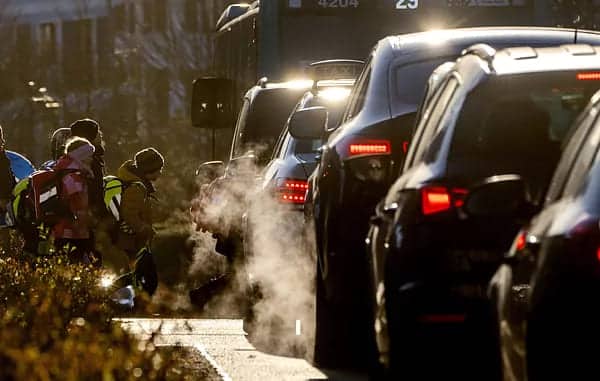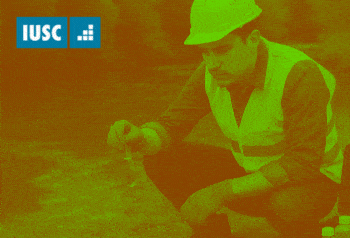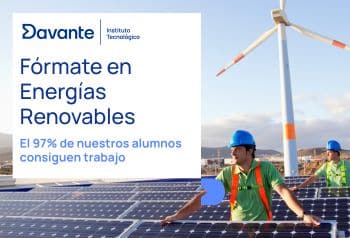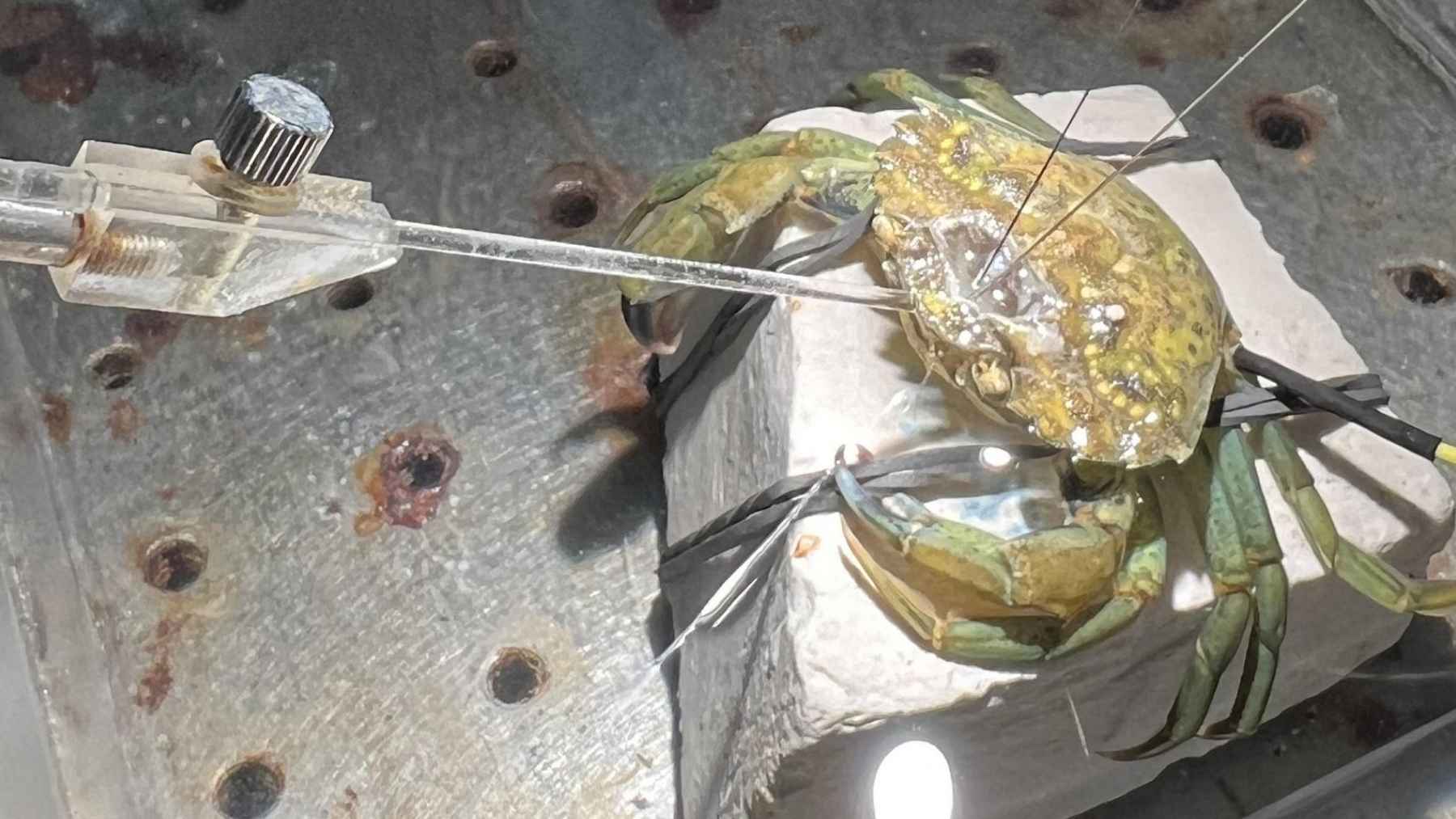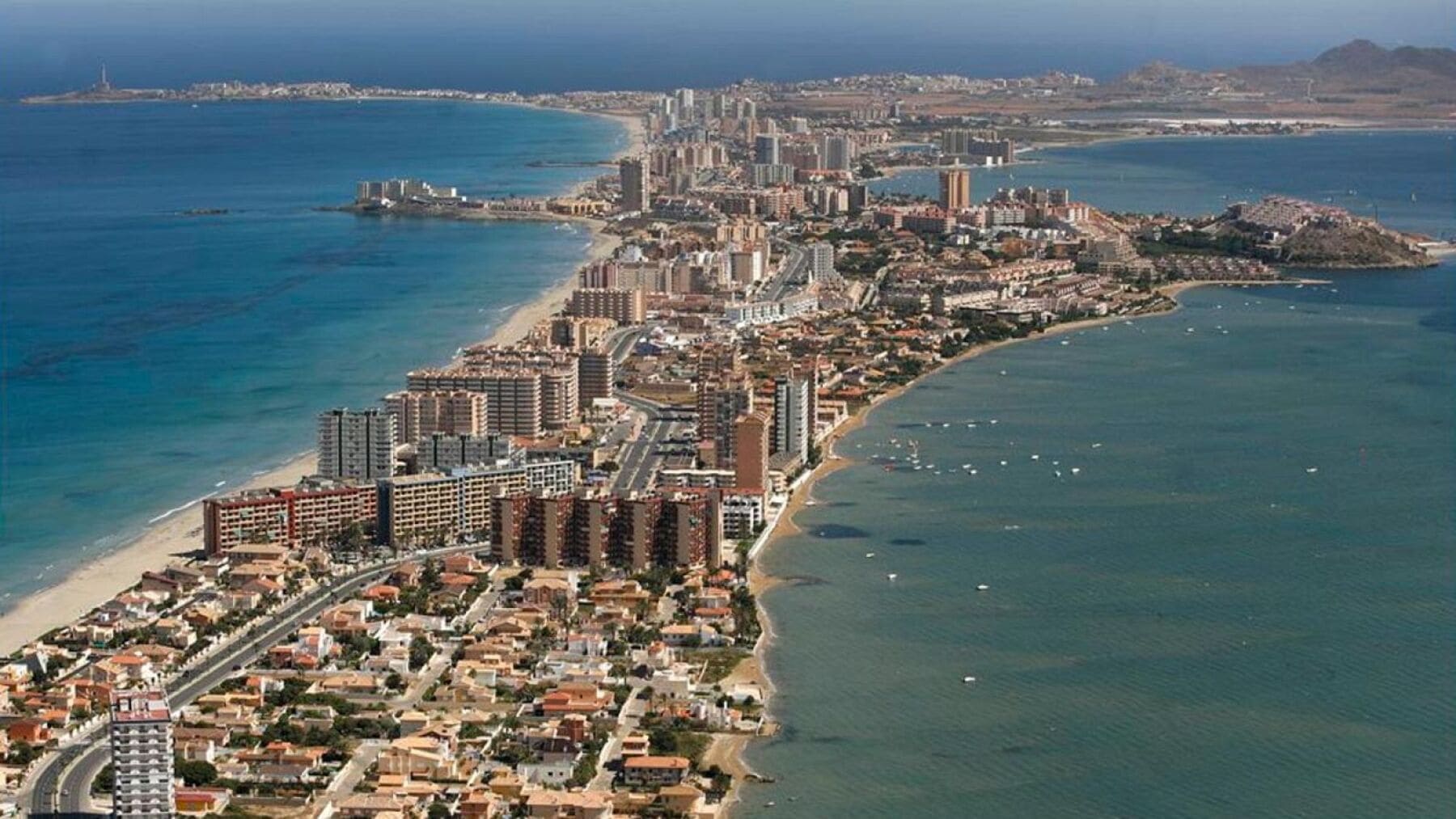Launched in 2007, the bank’s program supports companies that require investments or access to capital markets to develop and commercialize clean energy technology. The bank offers loans to commercial real estate developers and businesses to finance energy efficient expansion and to lease energy-saving equipment.
The bank directed the $8.4 billion funding to energy efficiency and renewable energy projects through lending, investing, capital markets activity and philanthropy.
Of that amount, $2.8 billion was allotted for commercial real estate banking, financing projects relating to Leadership in Energy and Environmental Design (L.E.E.D.) certification, Energy Star rating, brownfield redevelopment, which deals with abandoned or underused industrial and commercial facilities available for reuse, and the use of renewable energy tax credits.
Another $2.8 billion in equity and debt capital was channelled to companies’ climate change initiatives.
The bank set aside $2.2 billion for equipment for utility-scale and renewable energy projects in solar, wind, biomass and biofuel technologies, while $265 million was allocated for private equity investments in renewable energy companies.
For example, the bank arranged a $23.9 million lease to a major solar company to install solar roofs on seven retail stores of Wal-Mart and Sam’s Club in Southern California. The photovoltaic systems will provide up to 30 percent of each location’s energy needs, which is line with Wal-Mart’s 100 percent renewable energy target for all of its stores.
The bank also invested around $233 million in its energy and resource efficiency efforts, as well as in initiatives to pursue L.E.E.D. certification for all new office facilities and bank centers.
Investments in carbon risk management and markets came in at $102 million, while philanthropic support for nonprofit organizations that deal with climate change amounted to $21 million.
Similarly, the Bank of America Merrill Lynch, the bank’s investment banking arm, provided financial advice on more than $2 billion worth of low-carbon energy and clean energy mergers, acquisitions and other financial transactions on behalf of both large and small renewable energy companies.
The Bank of America also made its own operations sustainable by improving the energy efficiency of new office construction, retrofitting existing structures and reducing office space. These efforts cut the bank’s greenhouse gas emissions by 18 percent as of 2009.
Over the past three years, the bank has invested more than $150 million in energy efficiency measures, including energy efficient lighting and better heating, ventilating and air conditioning systems in its facilities.
The bank also has a control center to manage the energy use in buildings across its operations. The center, called the Corporate Workplace Intelligent Command Control, has helped reduced emissions and cut energy costs by more than $100 million since 2004.
The bank is also aiming for L.E.E.D. certifications for its facilities. The Bank of America Tower at One Bryant Park in New York was the first commercial high-rise building in the United States to achieve the L.E.E.D. platinum rating – the highest in the scheme.
The bank’s headquarters in Charlotte, North Carolina also received an L.E.E.D. certification for existing buildings, while another building in the state is in the gunning for an L.E.E.D. gold rating.
In April, the Bank Technology News ranked the Bank of America as the second greenest bank in the United States, following New York-based Citigroup Inc.
